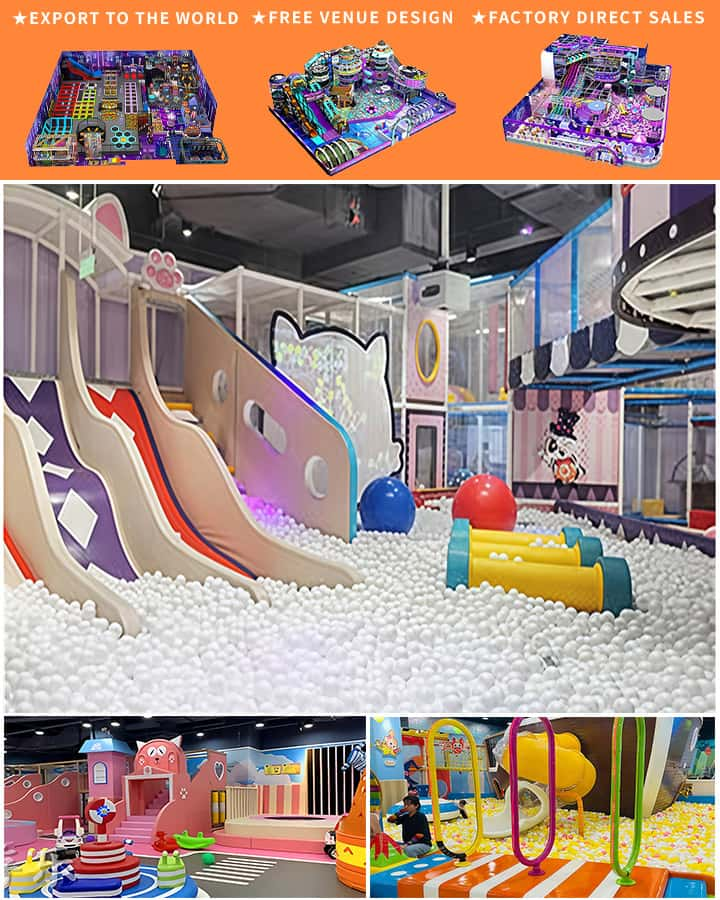Setting up a commercial indoor playground can be an exciting venture, promising both fun and profit. However, understanding the various costs associated with acquiring and maintaining indoor playground equipment is crucial for successful business planning. This article delves into the key factors that influence the cost of commercial indoor playground equipment.
Types of Equipment
The variety of equipment in an indoor playground significantly impacts the overall cost. From ball pits and soft play areas to climbing structures and interactive games, each type of equipment comes with its own price range. Soft play areas, which are essential for safety and enjoyment, tend to be more expensive due to the materials used, such as high-density foam and fire-retardant fabrics. Climbing walls and obstacle courses, while thrilling for children, also come at a premium because of their complex designs and durable construction.
Quality and Safety Standards
Investing in high-quality, certified equipment is vital for ensuring the safety of young visitors. Equipment that meets stringent safety standards often comes with a higher price tag, but it is a worthwhile investment. Safety certifications ensure that the equipment has passed rigorous tests for stability, toxicity, and durability. Cutting corners on quality can lead to higher long-term costs due to frequent replacements and potential liability issues.

Size and Scale of the Playground
The size of the indoor playground directly affects the cost. Larger facilities require more equipment, which naturally escalates expenses. Additionally, custom-designed playgrounds tailored to specific space constraints or themes will typically cost more than standard setups. Planning the layout efficiently to maximize space utilization without compromising safety or fun can help manage costs better.
Installation and Maintenance
While the initial purchase price of the equipment is a significant consideration, installation and ongoing maintenance costs are equally important. Professional installation ensures that all equipment is set up correctly and safely, preventing future hazards. Regular maintenance is necessary to keep the equipment in good working condition, extending its lifespan and ensuring continued safety. These ongoing costs should be factored into the budget.
Brand and Manufacturer
The reputation and reliability of the manufacturer play a crucial role in determining the cost. Established brands with a history of quality and innovation often charge more for their products. However, these brands may offer better warranties, customer service, and longevity, making them a cost-effective choice in the long run. Less well-known manufacturers might offer lower prices but could compromise on quality and after-sales support.
Custom Features and Add-Ons
Personalized elements like themed decorations, specialized interactive features, or exclusive designs can enhance the appeal of an indoor playground but will increase costs. Customization often involves additional design work, unique materials, and sometimes patented technology, all contributing to higher expenses.
Conclusion
The cost of commercial indoor playground equipment is influenced by several factors, including the type and quality of equipment, the size of the playground, installation and maintenance needs, brand reputation, and custom features. Careful planning and budgeting are essential to navigate these expenses successfully. While initial costs may seem daunting, investing in high-quality, safe, and engaging equipment can lead to a thriving business that provides endless fun for children and substantial returns for owners.




